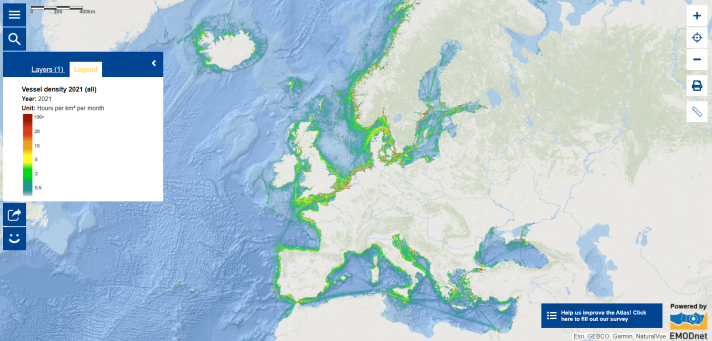Next week, on 25 June, people around the world will celebrate the annual Day of the Seafarer (DotS) which is organised by the International Maritime Organisation (IMO) and acknowledged by the United Nations as an official observance day. Established in 2010, this special day aims to recognise the unique contributions made by seafarers globally to international seaborne trade, the global economy, and civil society. DotS highlights the essential role seafarers play in international trade and the world economy, often at great personal cost to themselves and their families. By encouraging governments, shipping organisations, companies, shipowners, and all other stakeholders to promote DotS, the intention is to increase public awareness of the importance of seafarers. This year, the campaign focuses on the seafarers' contributions to making the maritime sector a safer workplace, where seafarers are encouraged to share their best safety tips at sea.
The supply of goods and fuels is a cornerstone that sustains the global economy, with ocean shipping being the primary mode of transport for global trade. Approximately 90% of traded goods are carried by sea [1]. As of January 2023, the world's merchant fleet consisted of 105,500 vessels of at least 100 gross tons (gt), with 56,500 of these ships being over 1,000 gt [2]. The world fleet reached a carrying capacity of 2.3 billion deadweight tons (dwt) in January 2023 [2]. Seafarers are indispensable in maintaining and operating this vast fleet, without which the world economy would grind to a halt. Additionally, maritime transport is part of a broader economic cluster that includes shipbuilding, ports, terminals, and logistics services. These activities further generate significant economic value, jobs, and expertise in port cities. The map of this week shows maritime traffic in European seas in 2021. The vessel density is expressed as the number of hours per month that ships spent in each square kilometre. Understanding where vessel traffic occurs is pivotal for marine spatial planning (e.g. for offshore wind energy parks and subsea cables and pipelines) and for assessing the impact of human activities (e.g. fishing, offshore construction) on marine ecosystems. The map was calculated from a large dataset of Automatic Identification System (AIS) messages which contain the locations of the ship on-board transponders. This was done using a novel big data analysis workflow developed by the European Marine Observation and Data Network (EMODnet) Human Activities.
Learn more about seafarers, and their safety at work:
- The European maritime industry faces a growing shortage of European seafarers, in particular officers. Learn how the European Commission is fostering employment of European seafarers by making the shipping sector more attractive, especially for young people;
- As the volume of maritime trading grows, total greenhouse emissions from this sector also increases. Explore how the maritime transport is working towards a more sustainable and zero-carbon shipping;
- Piracy still poses threats to modern-day vessels and the crewmen on board. Read about IMO’s dedication to enhancing maritime security and combating piracy, and the United Nations’s effort in applying the Law of the Sea to protect international shipping;
- The Council of the EU has revised its maritime security strategy and action plan last year. Understand how the EU promotes rules-based governance at sea and has given a boost to international cooperation;
- Get involved in the DotS campaign by reading #SafetyTipsAtSea tips, stories and their importance!
As we celebrate the Day of the Seafarer, let us acknowledge the critical role these professionals play in our daily lives and the global economy. Their dedication and hard work ensure the smooth operation of international trade, contributing significantly to our world’s prosperity.
The data in this map are provided by EMODnet.

